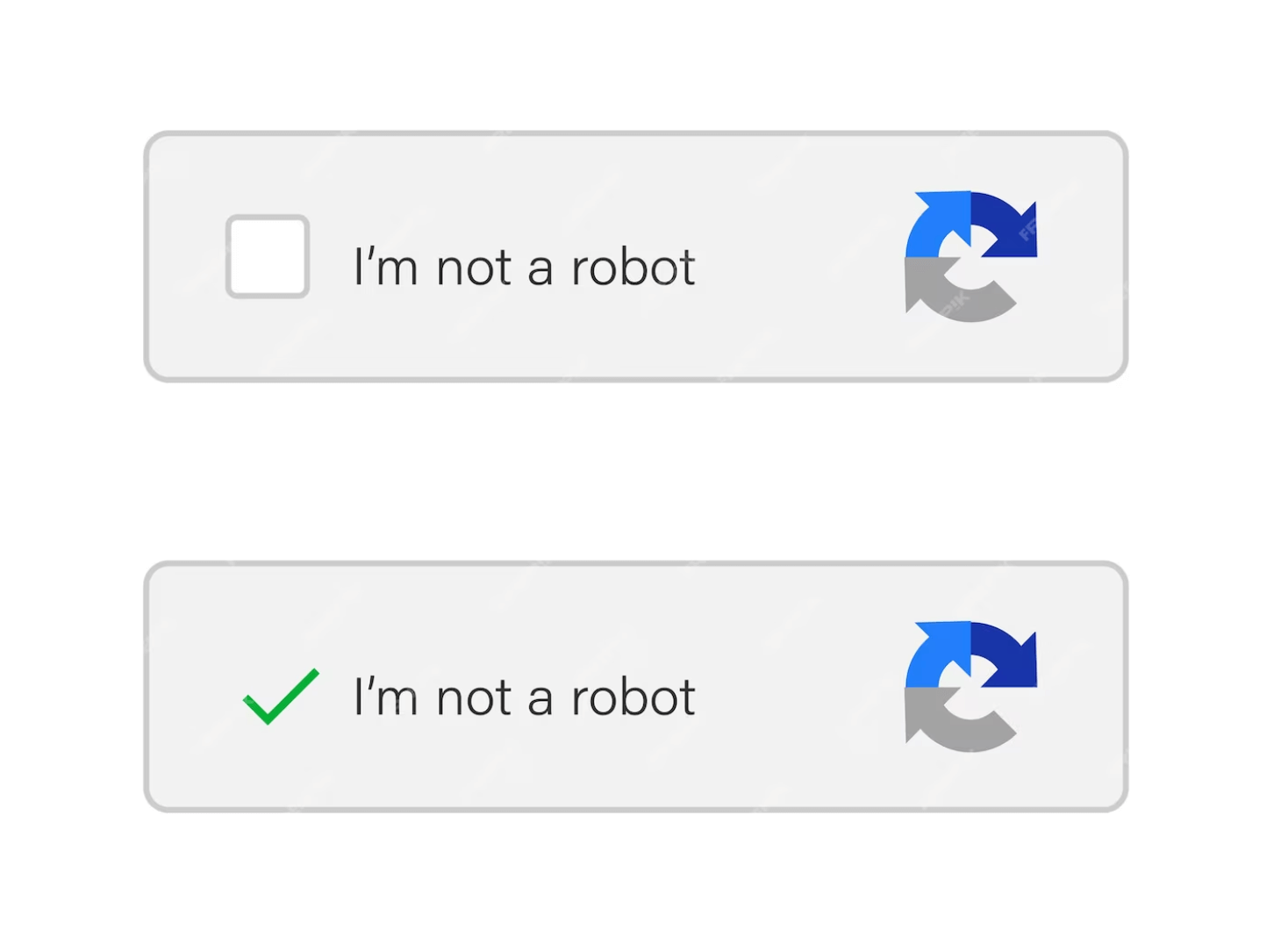In the battle against spam on WordPress sites, implementing robust anti-spam plugins coupled with user authentication measures can fortify your defenses. Stay ahead of the spammers by regularly updating your plugins and monitoring user-generated content for suspicious activity.

- Implementing Robust CAPTCHA Mechanisms to Deter Bots
- Utilizing Anti-Spam Plugins for Enhanced WordPress Security
- Streamlining Comment Moderation to Combat Spam Content
- Strengthening User Registration Processes to Prevent Fake Accounts
- Regularly Updating WordPress and Security Plugins for Optimal Protection
- Crafting a Comprehensive Spam Prevention Strategy with User Education and Engagement
- Frequently Asked Questions
- Ready to say goodbye to spam in WordPress?
In the ever-evolving landscape of the internet, spam has become the bane of website owners, particularly those utilizing WordPress. While some may argue that spam is simply a nuisance, the reality is that it can be a significant threat to the integrity and security of your online presence. As a site owner, it’s imperative to take proactive measures to shield your platform from the relentless onslaught of spam, ranging from harmless but annoying advertising to malicious attempts to compromise your site’s security.
To fortify your WordPress site against these unwanted intrusions, it’s essential to adopt a multi-faceted approach that encompasses the latest in spam deterrence technology and user-focused strategies. From implementing advanced verification systems that challenge bots to refine your site’s defenses with specialized security enhancements, the key to a spam-free site lies in staying one step ahead.
Moreover, educating your users and fostering a community vigilant against spam can transform your audience into an active participant in your site’s defense. By staying informed and engaged, you can create a robust barrier that not only protects your site but also enhances the user experience for your legitimate visitors.
Implementing Robust CAPTCHA Mechanisms to Deter Bots

Site owners must prioritize the integration of advanced CAPTCHA systems to effectively thwart spam bots. These mechanisms serve as a critical line of defense, challenging automated scripts with tasks that are trivial for humans but exceedingly difficult for machines. By incorporating CAPTCHAs that adapt to evolving threats—such as those employing image recognition or logic puzzles—administrators can maintain a robust barrier against unauthorized and malicious attempts to infiltrate their WordPress sites.
It’s essential to choose CAPTCHA solutions that strike a balance between user convenience and security, ensuring legitimate visitors remain unaffected while bots are kept at bay. Moreover, the implementation of CAPTCHA should be part of a comprehensive security strategy, as reliance on a single method is not sufficient in the face of undefined and sophisticated spamming techniques.
Utilizing Anti-Spam Plugins for Enhanced WordPress Security
Embracing the right anti-spam plugins is a critical step in fortifying your WordPress site against unwanted spam. Plugins such as Akismet, which comes pre-installed with WordPress, offer automated spam filtering by analyzing comments and contact form submissions against a global database of spam. However, it’s essential to go beyond default settings and configure these tools to match the unique needs of your site.
A checklist for effective plugin deployment should include regular updates to ensure the latest security features are active, fine-tuning sensitivity settings to minimize false positives, and enabling CAPTCHA challenges for an additional layer of verification. By proactively managing these plugins, you can significantly reduce the influx of spam and maintain a clean, professional online presence.
Streamlining Comment Moderation to Combat Spam Content
Streamlining the comment moderation process is a critical step in maintaining the integrity of your WordPress site. By setting up a system that efficiently filters out spam, you can ensure that only legitimate comments are displayed. Implementing strict moderation rules can significantly reduce the time spent sifting through unwanted content. This not only improves the user experience but also enhances the site’s SEO by preventing spammy links from affecting your rankings.
One effective strategy is to utilize WordPress’s built-in features to automate parts of the moderation process. Here’s how you can do it:
- Activate the comment moderation queue: By enabling this feature, comments will not appear on your site until you approve them. This gives you full control over which comments get published.
- Set up comment blacklists: WordPress allows you to blacklist certain words, IP addresses, email addresses, and URLs. Any comment containing these will be automatically marked as spam.
- Limit comment links: Spammers often include multiple links in their comments. You can configure WordPress to hold a comment in the moderation queue if it contains a certain number of links.
Another layer of defense is to integrate third-party anti-spam services and plugins. These tools can provide advanced filtering algorithms and continuously updated databases of known spam sources, which greatly enhance your site’s ability to ward off spam. Plugins such as Akismet, which is developed by the team behind WordPress, can automatically filter out spam comments with a high degree of accuracy. By combining WordPress’s native functionalities with these sophisticated tools, you can create a robust barrier against spam content and maintain a clean, professional comment section.

Strengthening User Registration Processes to Prevent Fake Accounts
Enhancing the security of user registration on your WordPress site is a critical step in mitigating the risk of spam and fake accounts. A robust registration process can deter malicious actors from creating accounts that spread spam or engage in fraudulent activities. Implementing email verification is a straightforward yet effective tactic. By requiring new users to confirm their email address before their account is activated, you add a layer of authentication that spammers often bypass. Additionally, setting up a moderated registration system where new accounts are reviewed by an administrator before being approved can significantly reduce the number of fake accounts.
Another powerful strategy is to integrate CAPTCHAs into the registration form. CAPTCHAs challenge users to complete a task that is easy for humans but difficult for automated bots. For instance, Google’s reCAPTCHA offers a balance between user-friendliness and security, with its I’m not a robot checkbox. To illustrate the effectiveness, a comparison table could show the reduction in spam registrations before and after implementing reCAPTCHA:
Before reCAPTCHA: 150 spam registrations per week; After reCAPTCHA: 2 spam registrations per week. This stark contrast highlights the utility of CAPTCHAs in protecting your site.
Lastly, utilizing social media authentication can streamline the registration process while simultaneously reducing spam. Allowing users to sign up using their existing social media accounts, such as Facebook or Google, leverages the security measures already in place on those platforms. A comparison table might display the number of fake accounts detected with traditional registration versus social media authentication:
Traditional Registration: 100 fake accounts per month; Social Media Authentication: 5 fake accounts per month.
This method not only improves user experience but also adds a layer of credibility to each account created.
Regularly Updating WordPress and Security Plugins for Optimal Protection
Maintaining the integrity of your WordPress site requires constant vigilance against potential threats. A cornerstone of this defensive strategy is the regular updating of the core WordPress software and all associated security plugins. Updates often contain patches for vulnerabilities that, if left unaddressed, could be exploited by spammers and malicious actors.
By ensuring that you’re running the latest versions, you not only benefit from the newest features but also from the most robust defense mechanisms. It’s important to note that neglecting updates could leave your site exposed to attacks that are otherwise preventable, making this practice an essential part of your site’s security hygiene. You may also consider using services like WordPress support, to have an external party take care of these aspects.
Crafting a Comprehensive Spam Prevention Strategy with User Education and Engagement
A robust approach to mitigating spam involves not just technical solutions but also empowering users to recognize and handle potential threats. Educating your audience about the dangers of spam can transform them from passive recipients into proactive guardians of your WordPress site. For instance, providing clear guidelines on how to identify suspicious links. Thus encouraging users to report spammy content can significantly reduce the workload on your automated filters. This collaborative effort not only enhances the overall user experience but also reinforces the community’s role in safeguarding the platform.
Engagement is another key element in the fight against spam. By fostering a sense of community and ownership, users are more likely to take an active role in maintaining the site’s health. Implement the following engagement strategies to bolster your defenses:
- Implement a user reputation system that rewards quality contributions and deters spammy behavior.
- Regularly interact with your user base through comments and forums to keep the lines of communication open and build trust.
- Organize online events or challenges that encourage users to contribute valuable content, overshadowing spam attempts.
Finally, continuous feedback loops between users and site administrators are crucial. By setting up mechanisms for users to easily report spam, you not only keep your site clean but also gather valuable data to refine your spam prevention algorithms. Regularly review user reports to identify new spam trends and update your strategies accordingly. Remember, an informed and engaged user base is your first line of defense against the relentless tide of spam.
Do you want to check the health of your website?

Frequently Asked Questions
How can I tell if a comment on my WordPress site is spam?
Spam comments often contain irrelevant content, excessive links, or are poorly written and off-topic. They may also include offers that are too good to be true or attempt to solicit personal information. Monitoring for these signs can help you identify spam.
Are there any downsides to using CAPTCHA on my WordPress site?
While CAPTCHA can effectively deter bots, it can also inconvenience users and decrease engagement. Some CAPTCHAs can be difficult to interpret, which might frustrate legitimate users and lead to a poor user experience.
Can anti-spam plugins slow down my WordPress website?
Some anti-spam plugins may add extra load to your server, which can slow down your website. It’s important to choose well-coded plugins that are optimized for performance and to regularly review and manage your plugins to maintain site speed.
What should I include in my WordPress site’s user registration process to prevent spam?
To prevent spam, your user registration process should include email verification, strong password requirements, and possibly a CAPTCHA challenge. Additionally, limiting the number of registration attempts can help prevent automated spam bots from creating fake accounts.
How often should I update my WordPress and security plugins to maintain protection against spam?
It’s crucial to update your WordPress core and security plugins as soon as updates are available. Developers frequently release updates to patch vulnerabilities and improve security measures, so keeping everything up to date is key to protecting your site against spam and other threats.
Ready to say goodbye to spam in WordPress?
Our dedicated WordPress support team is here to help. Drop us a line and let’s make spam a thing of the past!
Comments